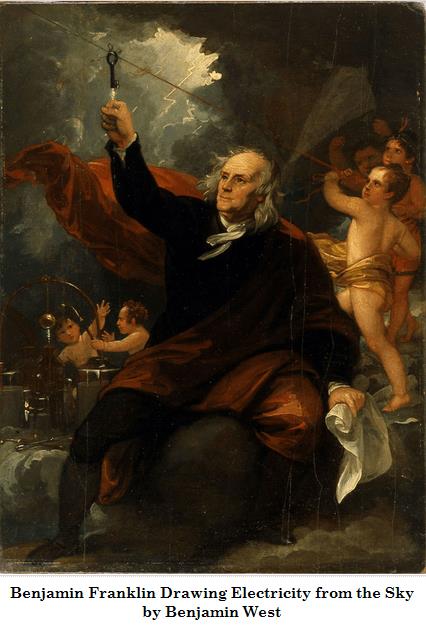 Stories of Great Americans for Little Americans
Stories of Great Americans
Stories of Great Americans for Little Americans
Stories of Great Americans



 Stories of Great Americans for Little Americans
Stories of Great Americans
Stories of Great Americans for Little Americans
Stories of Great Americans

Study the lesson for one week.
Over the week:
Facts about lightning:
Source: http://www.sciencekids.co.nz/sciencefacts/weather/lightning.html
Activity 1: Narrate the Story
Activity 3: Study the Story Picture
Study the painting below, 'Benjamin Franklin Drawing Electricity from the Sky.' Zoom in to see the details, and find the following:
